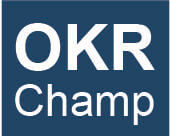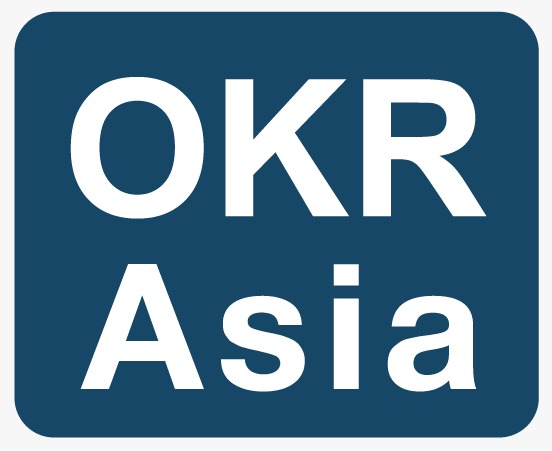Common OKR Mistakes made in an organisation
Common OKR Mistakes made in an organisation
OKRs are important for an organisation; however, they require some planning, management, and discipline. Not implementing OKRs properly can result in confusion, frustration, and duplication of efforts. Here are some of the most common OKR mistakes to avoid:
- Incorrect OKR components
One of the biggest mistakes is not understanding what the OKR structure is and how the OKR components work together. In order for the OKR method to work, it is recommended that the teams should spend time in understanding its key components like Strategy, Objectives, Key Results and how they differ to task/ action and project management
It’s recommended to define motivational and qualitative objectives. However, the progress achieved on each objective should be reported based on key results. For each objective, there are usually three to five key results. Each day, tasks are to be completed in order to achieve goals and to contribute to the key results
- Overestimating capabilities
Setting ambitious goals is recommended, however, by not ignoring the ground realities. The team is likely to run into a few problems if it sets unrealistic goals, such as:
- Immediately recognizing the goal is unattainable, so they do not attempt to achieve it
- Inability to achieve goals consistently can lead to demoralization
- Taking shortcuts, lying, or shifting responsibilities just to accomplish a goal
We do not recommend stretching goals more than the suggested 30-40%, alternatively. Also 30% of the KRs can be stretch goals and the rest fully achievable ones.
- Focusing on too many objectives
Missing objective focus can lead to stagnation and conflicting priorities, especially regarding budget and resourcing.. The best practice is to set a limited number of objectives to ensure that the OKR framework works optimally based on the main yearly priorities of the organisation
- Not recognizing the adoption of OKRs as a crucial part of the process
It is important to plan and execute OKR adoption correctly as with any organizational change. That starts by planning enough time for OKR Training & Set-up workshop before the quarter starts. Furthermore, the adoption of OKRs could be hampered by the absence of an external or internal OKR champion. Implementation is more likely to be consistent and follow through if someone is assigned to the process from the beginning on.
- Failure to manage & track OKRs effectively
If a team does not follow the process for tracking OKR achievement, the “set it and forget it” syndrome can arise. This can inevitably lead to OKRs becoming another management gimmick or vague mid-term goal. However, it is possible to avoid that by:
- Emphasise on initial trainings that the heart of the OKR process is the tracking and not the set-up
- Maintain accountability, solve problems, and measure progress through weekly check-ins
- Implement OKRs as a business habit with language, software tools, and processes
- Failure to use software
It’s fine to manage OKRs with standard collaboration tools such as Google Sheets or Excel when running quick experiments. In order for OKRs to run smoothly, software is needed once the process runs in full swing. The following tasks can be challenging without software:
- Track OKR progress with performance data
- Using multi-layered OKRs for company & teams
- Connect OKRs to project/task management outcomes
Conclusion
Implementing OKRs is a great way to bridge the gap between strategy and execution in an organization. A leader has the most solid grasp on strategy, but he or she may have difficulty tracking all the results of the day-to-day execution versus the strategy. It is therefore important that all team members participate in the process of setting, tracking, and reviewing OKRs versus their work results.
Additionally, it is helpful to boost employee engagement by involving the team in the goal-setting process. In some environments, top-down or cascading OKRs are implemented. However, setting OKRs collaboratively on each level is the best practice.








